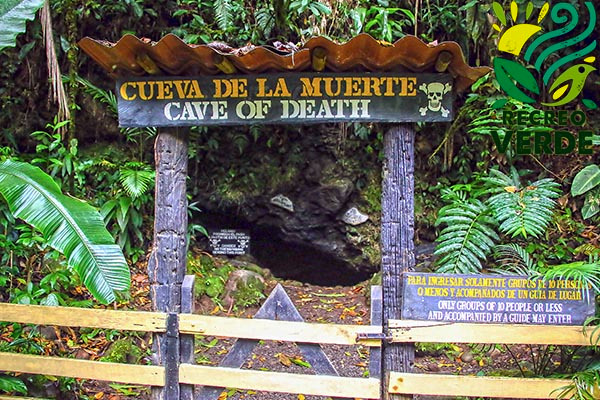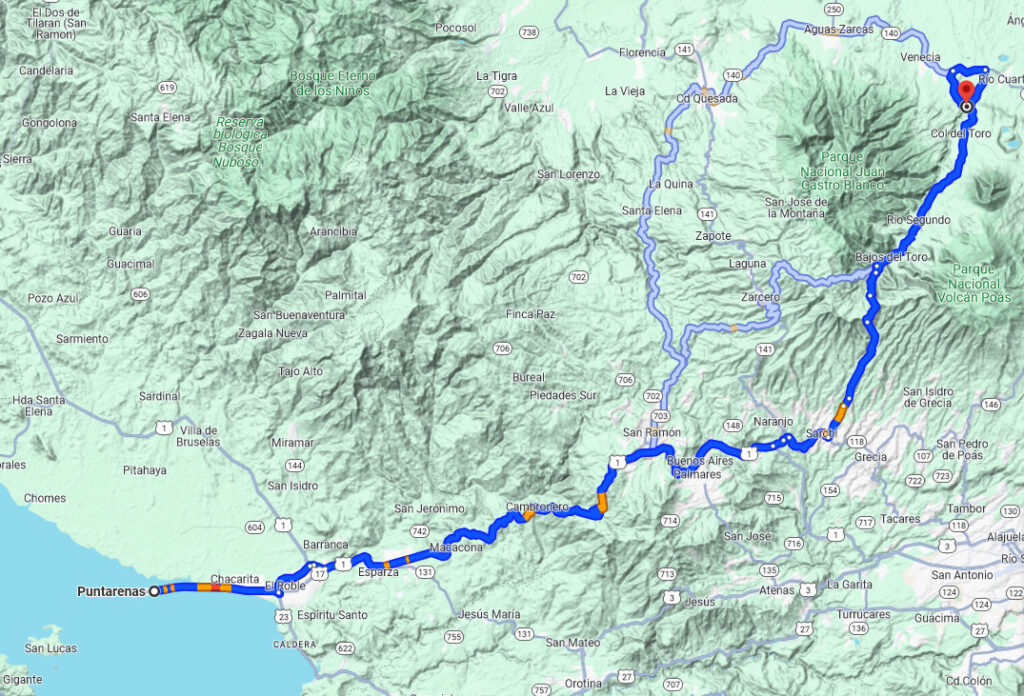
The province of Puntarenas, nestled along Costa Rica’s Pacific coast, stands devoid of active volcanic presence. Unlike its volcanic-rich counterparts, the region’s geology remains largely tranquil, free from the throes of volcanic upheaval. However, adjacent to Puntarenas lies the Poás Volcano, an active stratovolcano nestled in the Central Volcanic Mountain Range. Its historical eruptions have reverberated through time, leaving a legacy of geologic shifts and carbon dioxide emissions in the vicinity, possibly influencing surrounding cave systems.
The ethereal beauty of Costa Rica’s landscape is juxtaposed with hidden perils, notably epitomized by the haunting Cave of Death nestled near the Recreo Verde Volleyball court. While picturesque in its surroundings, this cave holds a lethal secret – it emanates nearly pure carbon dioxide, a silent yet fatal presence.
Located on the flank of the active Poás Volcano, this ominous cavern’s grim reputation stems from its composition—a byproduct of carbon dioxide leakage due to tectonic faults, notably the “San Miguel Fault.” Originating from subterranean mineral deposits subjected to intense heat and pressure in the earth’s magma, this colorless, odorless, and oxygen-devoid gas emerges, occupying the lower spaces of the cave.
Intriguingly, the name “Cave of Death” encapsulates the imminent danger housed within. Its “bad air” – nearly pure carbon dioxide – proves fatal to any life form that dares to inhale it. The gas, dense and heavier than air, displaces oxygen within the cave, causing rapid asphyxiation and poisoning.
During visits to Recreo Verde, visitors witness a stark demonstration of the gas’s potency. A lit torch, typically a symbol of light and life, succumbs instantly upon contact with the suffocating carbon dioxide, illustrating its lethal nature and the criticality of oxygen in the combustion process.

Despite the allure of the Cave of Death as a tourist attraction, strict prohibitions bar entry due to its life-threatening environment. Discussions on social media platforms echo the chilling aura surrounding this deadly cavern, evoking horror and curiosity among netizens.
This captivating yet perilous natural phenomenon prompts introspection into the delicate balance between awe-inspiring landscapes and the concealed dangers lurking within. Ongoing studies delve into the intricate dynamics of volcanic activities and their influence on localized carbon dioxide emissions, unraveling the mysteries concealed beneath Costa Rica’s seemingly serene surface.
In essence, the Cave of Death stands not only as a captivating natural wonder but also as a solemn testament to the silent dangers concealed within the folds of Costa Rica’s mesmerizing landscapes.
